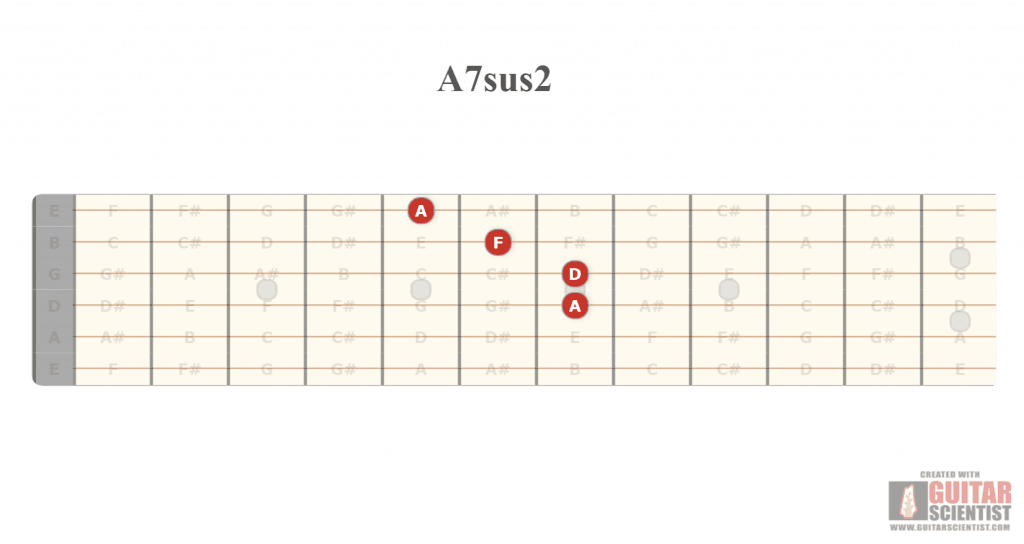
The second debate questioned the purpose of an apolitical art form. Among increasingly critical university students and youth, bossa nova lacked any sort of class consciousness and aligned ideologically with a capitalist idea of modernization. The first regarded Brazilian nationalism, a rejection of the capitalist model associated with Kubitschek and later with the military dictatorship, and a critique of bossa nova’s alienation from cultural traditions and the experiences of the nation’s poor. In the fallout from an economy ruined by the large-scale building projects of the 1950s and 60s and a growing awareness of the extreme regional inequality, two debates emerged in popular music culture. Politics and Music after the Late-50s Bossa Nova Boom It made audiences in the United States aware of the richness of Brazilian music, before overexposure made it the epitome of trite cocktail-lounge music. “A Garota de Ipanema (The Girl from Ipanema)” was a worldwide hit, winning a Grammy Award and recorded in English and Portuguese by numerous artists. That record was an inspiration for a new collaboration between Byrd and saxophonist Stan Getz, and the beginning of a working relationship between these American performers and famous Brazilian bossa nova musicians like Jobim, Gilberto, and Luiz Bonfá, who made his biggest break with the soundtrack to the internationally renowned film Black Orpheus. Charlie Byrd, a well-known American guitarist, visited Brazil on a State Department-sponsored trip in the early 1960s and returned with a João Gilberto record.

Indeed, American musicians were fascinated by bossa nova, with its distinctive rhythm, lush instrumentation, and themes of youth, leisure, and natural beauty. I received letters and telegrams from various illustrious composers … saying that bossa nova had been the biggest influence on American music in the last thirty years.

Much to the contrary, I think what influenced American music was the bossa nova. Many people said that bossa nova was an Americanized phenomenon. Antônio Carlos Jobim rejected this analysis: Many Brazilian listeners were critical of the perceived influence of the United States on bossa nova, considering it simply an imitation of cool jazz. The musicians and fans of bossa nova, unlike many samba singers, were part of the Carioca middle class that frequented jazz clubs and had been exposed to North American music and movies. The presidency of Juscelino Kubitschek, which diverged from Getúlio Vargas’ nationalist model and diminished state control of the record industry, was a period in which the middle class had more buying power and the music industry had the opportunity to expand. The optimism of the era that Buarque described is evident in the songs’ lyrics, which casually describe the musicians’ environment: beaches, flowers, blue skies, and beautiful women. Courtesy of Wikimedia Commonsīossa nova, which literally means “new wave,” was a blending of samba and jazz that rose out of a guitar school formed in Rio de Janeiro’s Copacabana neighborhood in 1956.

Gilberto’s recording of “The Girl from Ipanema” is one of the best-known bossa nova songs to this day. Together, they wrote some of the early songs that gained the movement attention. João Gilberto, one of the most successful bossa nova musicians, impressed Antonio Carlos Jobim with his new style of guitar-playing.


 0 kommentar(er)
0 kommentar(er)
